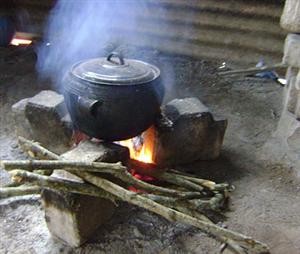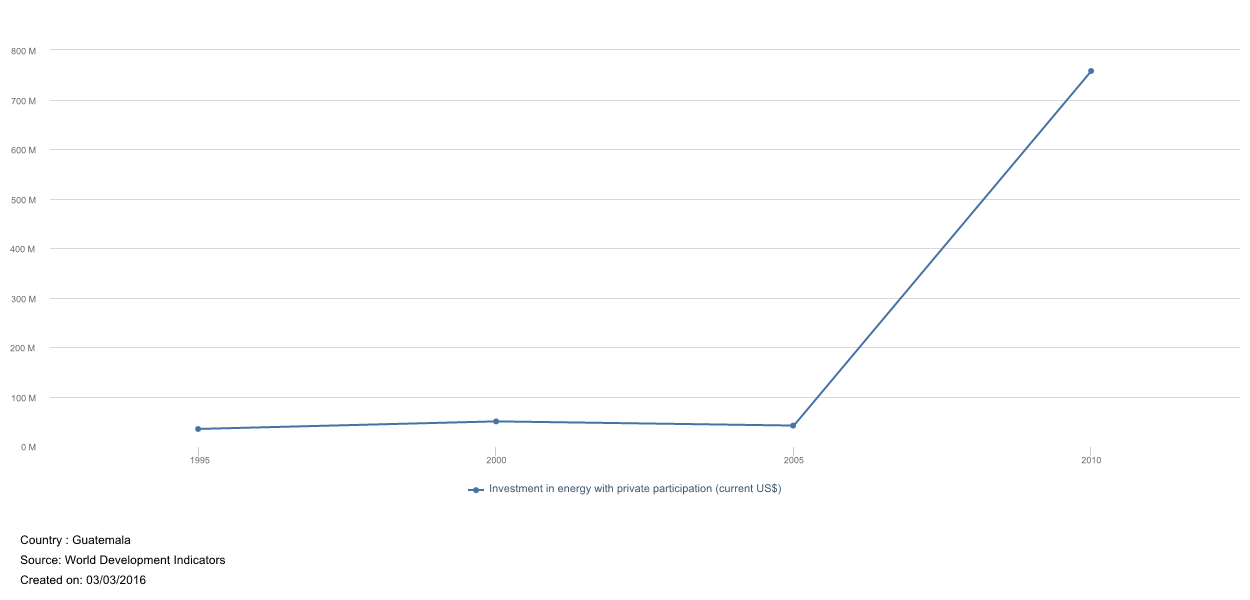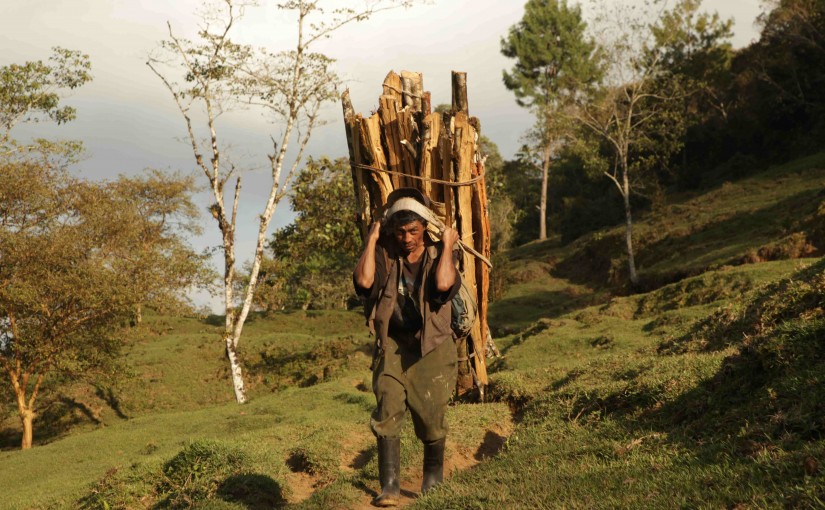Guatemala, like many Latin American countries, is characterized by an economic divide between rural and urban citizens and this dynamic is evident when looking at the country’s energy sector. While a significant part of the country’s energy use feels primitive, there is an effort to update the system in a modern way, with a focus on renewable and clean energy sources.
Currently, Guatemala’s main energy resource is forestry (firewood) which is considered renewable, however convoluted that may seem. Forestry accounts for 34% of the national territory, geographically, and firewood accounts for 63% of energy used in homes throughout the country. When visiting most parts of Guatemala, the smoke from the firewood is palpable in the air.
This 63% represents the rural population, while the urban population relies on more “modern” forms of energy. 81% of the rural homes who rely on firewood use “three stones stoves” to heat their homes – but these stoves waste 90% of the energy generated.

Guatemala is the only oil-producing country in Central America with a significant amount of natural reserves, but its oil wells are very much under-utilized. In 2011 only 58 of 158 oil wells were used, but the country has the potential to produce 80 million barrels per day. This fact points to a broader story of the Guatemalan government being fairly responsible with energy and about not exploiting its natural resources.
However, for industrial use Guatemala relies more on fossil fuels and is a net energy importer. Still, the government is actively working to increase domestic energy production with an emphasis on clean and renewable sources. The chart below shows the increased private investment in clean energy in Guatemala over the past decade.

Until the 90s, Guatemalan law dictated that all natural resources were state property, but legislation has since changed that. As the population continues to grow the government has been forced to allow more and more private energy contracts. This is good as it has lead to a higher amount of clean and renewable energy production in the country. The increasing presence of private companies in the Guatemalan energy sector has also benefitted the poor rural population, who relies mostly on firewood and their inefficient stoves for energy. The UK is the biggest investor in Guatemala at $1.2 billion, $700 million of which was used to build a coal power plant that serves a large rural population.
Guatemala has a lot of potential to source its energy from its own natural, renewable resources (those more sustainable than firewood) but the industry is very much still developing. Guatemala only uses 17% of its hydroelectric potential and only 5% of its geothermal potential. It is a country defined by volcanoes – harnessing that energy could be a game-changer.
Guatemala’s vast renewable energy resources combined with the increased interest in partnering with private companies, and the country’s growing population and therefore growing energy demand, position it with an opportunity to be a leader in energy production for the region.
As bright and optimistic as that sounds, it is important to be aware of the implications of developing the renewable energy sector for the local communities. The Chicxoy hydroelectric plant provides up to 15% of the country’s energy, but when construction began in 1976 the project was met with intense protests from the local communities. The government initiated an effort to displace the indigenous communities to make way for the dam, which culminated with the Rio Negro massacres and the death of nearly 5,000 indigenous Guatemalans.

Finagle a Bagel is not an energy provider, so these concerns do not directly impact the decision to operate in Guatemala, but they are still relevant to keep in mind to understand the implications of high-level managerial decisions on the local communities.
Primary sources:
- Energy Sector Opportunities for UK Companies [Report]. British Embassy Guatemala City.
- World Development Indicators. The World Bank.

a word that can not be spoken, because your article really useful and valuable, and i love article